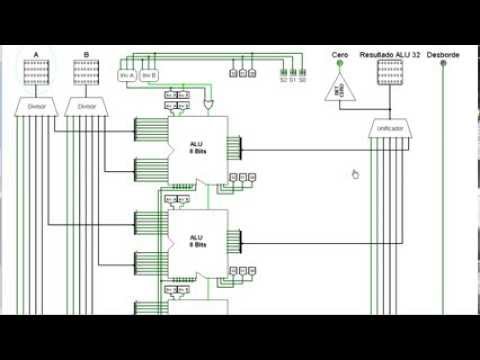

- #Labview 2013 and windows 10 how to#
- #Labview 2013 and windows 10 code#
- #Labview 2013 and windows 10 download#
LabVIEW Runtime Engine download is also included as an option on the general LabVIEW Download page.LabVIEW Runtime Engine can be downloaded from the NI website on the LabVIEW Runtime Download page.After that, we will go back to wait for a new request. Then, whenever a new request is received, we perform the operation and reply using SendReply.vi. First, we will wait for a new request using ReadRequest.vi. In the main loop, we will have two parts. In this example we have take care of this inside the Create subVIs. It is important to make sure that the type name is the same between the request's Reader and Writer and between the reply's ones. In this case, we need to create a Reader of requests and a Writer of replies. If the operation is success, it will send the result, a flag indicating success and the number of operations executed until the moment. Then, it will compute the operation between the current value stored locally and the operator sent. This application will wait until a new request is received.

#Labview 2013 and windows 10 how to#
See this post to learn how to load a personalized QoS profile from LabVIEW. Since strict Reliability is not currently supported by the RTI DDS Toolkit for LabVIEW, we have also defined a ReliableProfile in our QoS. In the XML file provided, we have declared the following QoS: In other words, we need to modify the durability of our requester DataWriter to be volatile. Otherwise, it could be sent to a late joiner request Reader and produce and unwanted result. we need to wait longer than the time out, we should make sure that the request is deleted from the Writer queue. If we send a request and the replier is not available, i.e.

There is a very important detail to take into account, when we send a DDS request, it could live forever in the Writer queue, depending on its durability. This will release all the resources used (requestWriter, replyReader and other internal DDS entities, for instance). Once we have the request, we send it to the replier and wait for a response for a given time using the subVI (SendRequestAndWait.vi): Then, we use the Case Structure to select the operation depending on the button text and use that to create the request. To do this, we use the Event Structure from LabVIEW and we associate it with the "Value Change" of all operation buttons. In the main loop of the requester, whenever an operation button is clicked, we will create a new request and send it to the replier. Thus, in the subVIEW CreateRequester we return a reference to each of them: The requester is composed of a Writer of requests and a Reader of replies. Since the replier may not be alive, we need to provide a timeout time. This application (RequesterMain.vi) will request for a numeric operation to be computed in the replier side and wait for its response. In the application, therefore, we have two main components: Our reply, on the other hand, is going to be composed of an operation number, a flag indicating whether the operation was success or not, and the result of the operation if successful. We are going to define our requests as an operation and an operator. Then, it will send the result back in the reply. The replier will do the operation between a sent operator and it's current value. The requester will send a numeric operation and an operator. In the example provided, we have created a distributed calculator.
#Labview 2013 and windows 10 code#
This means that only one Requester and one Replier are allowed.Įxample code requires LabVIEW 2013 SP1 or later and RTI DDS Toolkit for LabVIEW 1.1.0.88 Example application: Remote calculator The current solution will only work in a one-to-one Request/Reply situation. To work around this limitation, we can develop our own Request/Reply application. However, that API is not available in LabVIEW yet. RTI Connext provides a Request/Reply API for many languages. It is quite normal to have an application requesting an action to another one and waiting for a response (requester role). The Request/Reply communication pattern is pretty useful for industrial applications. This will only work for one Requester and one Replier.

This solution is only a workaround until the Request/Reply API is available in LabVIEW.


 0 kommentar(er)
0 kommentar(er)
